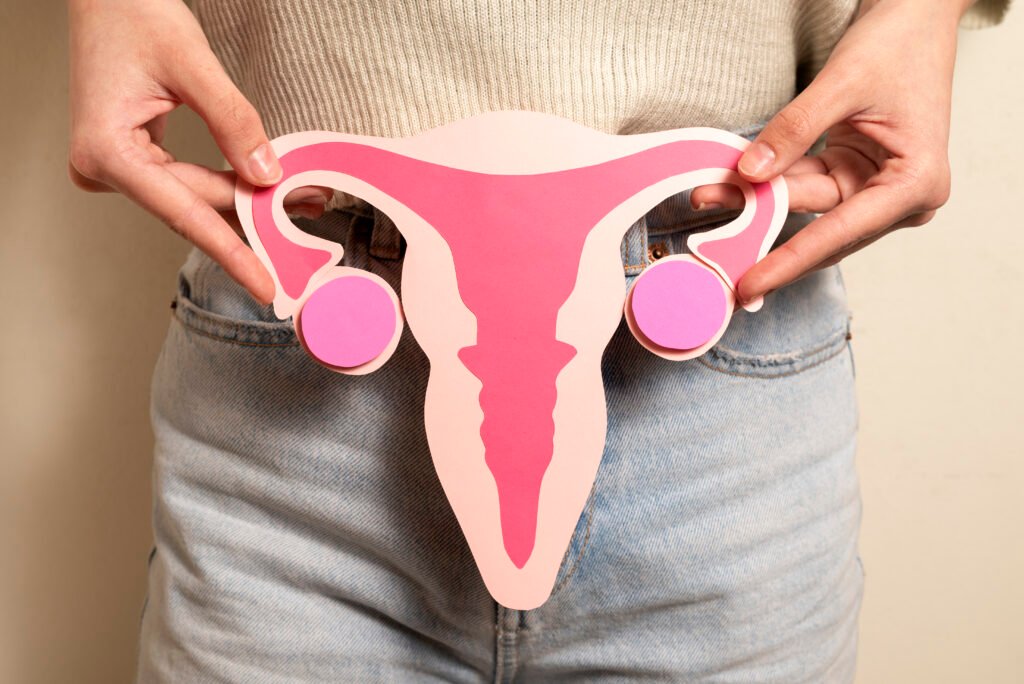Endometriosis


Causes of Endometriosis
1. Retrograde Menstruation
- Instead of exiting the body, menstrual blood flows backward into the pelvic cavity, allowing endometrial-like cells to implant and grow outside the uterus.
2. Hormonal and Immune Dysfunction
- Estrogen dominance stimulates abnormal tissue growth.
- A weak immune system fails to eliminate misplaced endometrial tissue.
3. Genetic Factors
- A family history of endometriosis increases the risk.
- Antiphospholipid Syndrome (APS): Abnormal blood clotting can block proper placental development.
4. Surgical Scarring or Cell Transformation
- C-sections or other uterine surgeries may cause endometrial cells to migrate.
- Peritoneal cell transformation: Cells in the abdominal lining may change into endometrial-like cells due to hormonal influence.
Endometriosis Treatment
Endometriosis is a chronic condition where tissue similar to the endometrium (uterine lining) grows outside the uterus. This misplaced tissue responds to hormonal changes during the menstrual cycle, causing inflammation, pain, and potential fertility issues. It commonly affects the ovaries, fallopian tubes, and pelvic lining, but it can spread to other organs in severe cases.
Symptoms of Endometriosis
1. Chronic Pelvic Pain
- Severe menstrual cramps that worsen over time.
- Persistent lower abdominal or back pain.
2. Pain During Intercourse
- Painful intercourse (dyspareunia) due to inflamed pelvic tissues.
3. Heavy or Irregular Menstrual Bleeding
- Excessive bleeding between periods (spotting).
4. Digestive and Urinary Issues
- Bloating, constipation, diarrhea, or painful urination during menstruation.

Diagnosis of Endometriosis
- Pelvic Exam: Detects cysts or tenderness.
- Ultrasound or MRI: Identifies ovarian endometriomas.
- Laparoscopy (Gold Standard): A minimally invasive surgery to confirm and remove endometriotic lesions.
